This is my second post on homelessness. The first one appeared on September 30, 2022. The focus of the first post was that homelessness is much more than a housing problem.
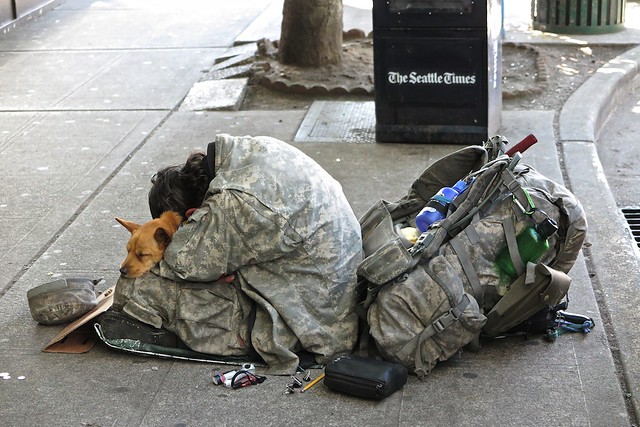
This post lays out a suggested approach to the problem of homelessness.
First, compassion is required here. We are dealing with human beings that for one reason or another are having serious problems – stemming from loss of job, break up of a relationship, trauma of some sort, some medical issues, addictions, evictions, poverty and other reasons.
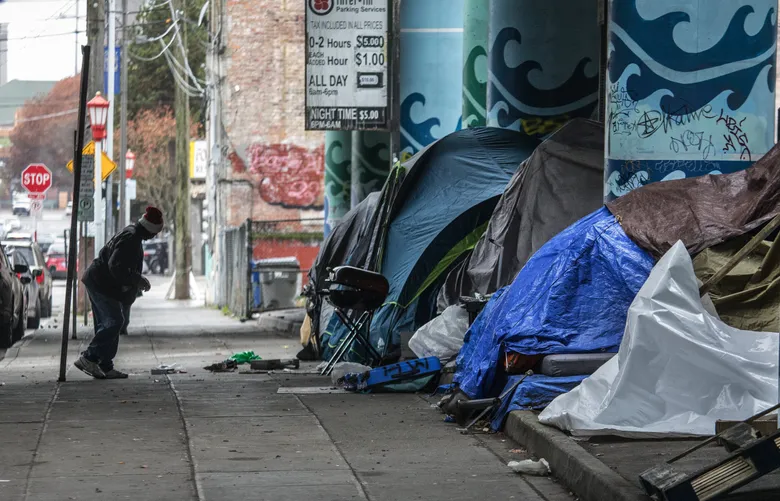
Second, at the same time, we live in a society where we have set up rules and laws to be followed, based upon a common set of values and standards that we want to govern our communities. The homeless in Seattle number approximately 15,000, 7,500 of which are living on the streets and in parks in tents on any given night. That represents 6/10ths of 1% of the population of the City and County. the rights and expectations of the 2.3 million residents who are not homeless need to be attended to also.
In short, in my opinion we need unbelievable compassion for the individuals experiencing homelessness, but, at the same time, we need to follow the laws and rules that reflect the values of our community and society. For example, our public parks do not allow camping and overnight stays. Our neighborhoods and downtown do not allow vehicles and RV’s to be parked more than 72 hours in the same spot. These are examples of laws and rules that need to be enforced.
The next question is how to get the services that the homeless need to them. the services needed are not just stable housing, but also wraparound services dealing with addiction, mental health and personal safety.

I want to rely on existing non profit institutions and organizations that have a track record of success. For example, if the Salvation Army or the Union Gospel Mission has a record of performance in providing housing and wraparound services then let’s rely on them to continue to do their great work, and ask them to do more. We should ask for their help regardless of whatever religious affiliation they may have. In the Seattle area we have several organizations that for years have a track record of serving the needs of the homeless population. Organizations such as the Lutheran Compass Society, Bread of Life, Salvation Army, Union Gospel Mission and the Matt Talbot Center all meet this criteria and are providing clinical best practices.
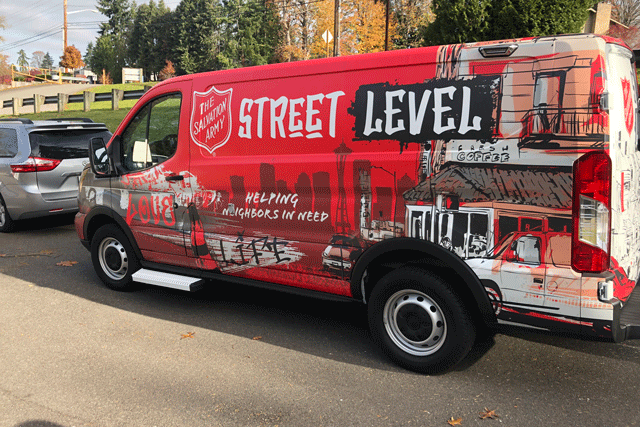
To rely on existing organizations as I have suggested, we need to specifically define what role the government, at all levels, is to play.
We need government to raise and budget the dollars necessary to deal with all four components (mental health, substance abuse, public safety and housing) of the issue. We also need government to stimulate the non profit and private sectors to provide the services that are so needed. We need government to rely on and fund the organizations that I have mentioned and others that have a track record of success in working with homeless individuals. We do not want government providing services directly. The one exception to this is the role of the Police and other law enforcement agencies.
What are the keys to success for the organizations that have been successful?
One key to success is to have the homeless individual make a commitment to recovery. Interventions and wraparound programs do not work if the individual does not want to do them.
A second key is that the homeless person has to be willing to follow the rules of the organization that they are working with. For example, the Matt Talbot Center’s housing is only available for homeless individuals that agree to abstinence. The Matt Talbot Center also offers prayer and Bible Study, but they are not required.
For those individuals who choose not to accept the rules laid down by organizations like the Salvation Army and the Union Gospel Mission, then the government should contract with a private or nonprofit entity to create temporary housing. This is necessary in order to comply with recent Court rulings, which require a temporary housing alternative be available in order for a homeless person to be removed from a sidewalk or park. More about this in my next post.

A third key and the most important to these organizations’ success over the years, as told to me by Greg Alex, the founder and leader of the Matt Talbot Center, is to treat the interaction with a homeless person as a relationship rather than a transaction. This is crucial. The men and women working on the front lines of these organizations look at the individual as person with needs with whom they want to develop a caring relationship.
We as a community need to take the same approach. We need to supplement the great work that these existing organizations are doing. We need to develop personal caring relationships with each of the 15,000 homeless in our community right now. You may ask, how can this be done?
If each homeless person had 5 or 6 individuals from our large community of 1.8 million adults who were willing and able to reach out and develop a relationship with them, what a difference that might make. Everyone needs to have someone they can talk with, someone that cares about them, someone they can call a friend. Many of the homeless do not have anyone in their lives that fills those roles – roles that all of us need.
I am not suggesting that any of the 5 or 6 individuals who volunteer to befriend a homeless person be a problem solver, a contributor of funds, have some special expertise, or anything like that. No, I am suggesting that all they do is sit down and have a conversation with the homeless person, try to develop a relationship, one that is caring, one that has no other agenda than to be someone that the homeless person can talk with and knows that they care about them.
There are 1.8 million adults in the larger Seattle/King County community, with 15,000 homeless. That means for every homeless person in the Seattle/King County area there are 100-120 adults. I believe that for every 100+ adults there are 5 or 6 that would be willing to reach out and try to establish a relationship with one homeless person.
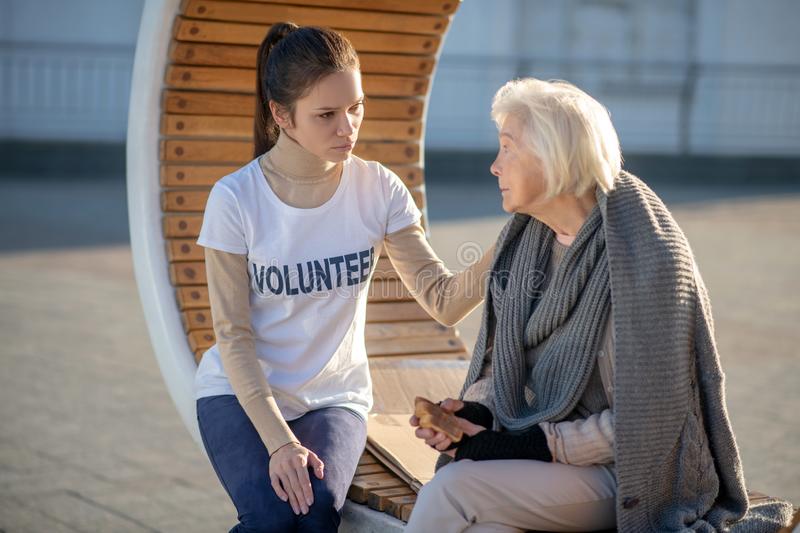
Let’s call on ourselves as individuals to reach out and lend an ear, at least be willing to communicate with an individual who is struggling. Let’s be willing to be part of a group of individuals who are willing to establish a relationship with another human being who is in need of a relationship or two.
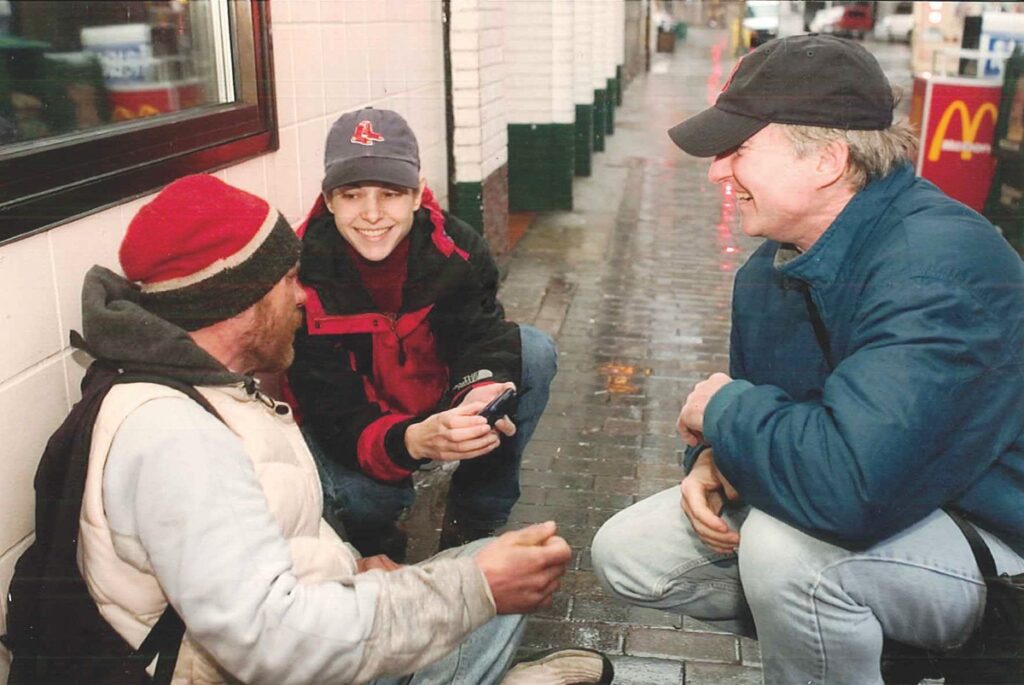
Bottom line, would you be willing to volunteer to establish a relationship with one homeless person?
Can’t disagree with what you espouse. However, sitting down and establishing a relationship with some of these individuals is a risky matter. Many are armed and many are so mentally demented they wantonly wreack havoc on people and property. Be careful!
Most all have had family and friends who have in the past befriended and supported them and they have rejected that kindness so the odds of another intercessor succeeding is slim. They need professional help.
The core problem, the elephant in the room, is the drug smugglers and dealers. If they were seriously dealt with that would stem much of the problem.
Face it, we in North America need to get tougher, much tougher on these characters. Travel to Singapore, and see how clean it is. They have a population of 6million and only 2000 addicts The Seattle Tacoma MSA has 4million and 528,000 illegal drug users. Singapore has a strict Death penalty for drug traffickers and dealers. In North America we catch and release. A dead drug dealer does not reoffend! Singapore has strict border control, unlike in the USA where Kamilla merely flies around and giggles. Turning a blind eye on an open border does little to stem the flow of drugs into the ocuntry.